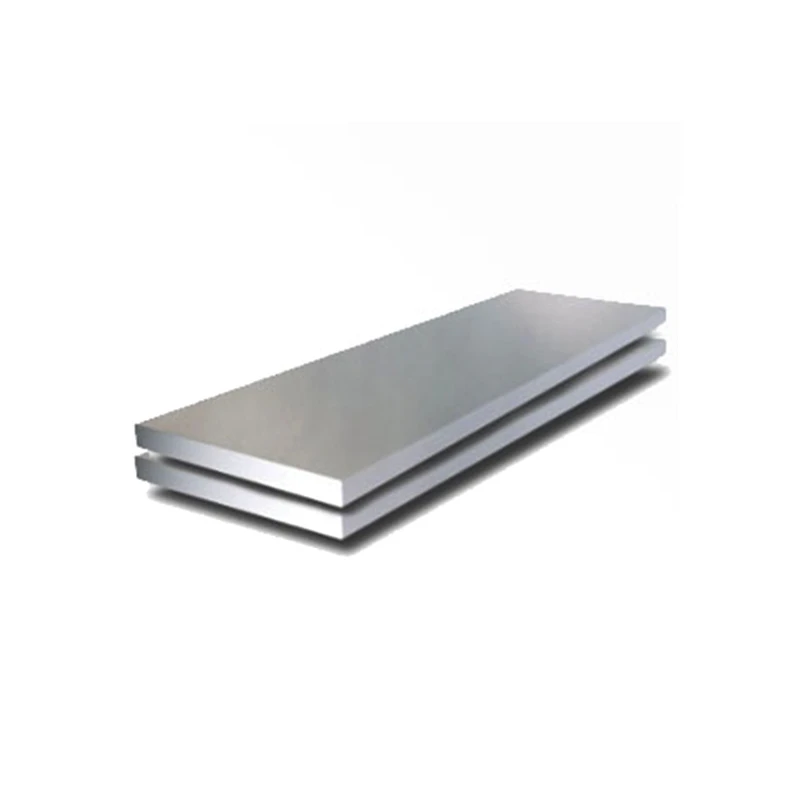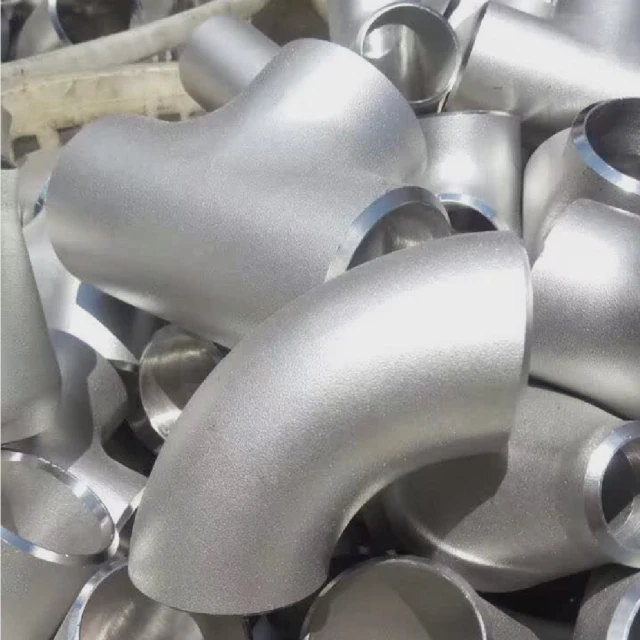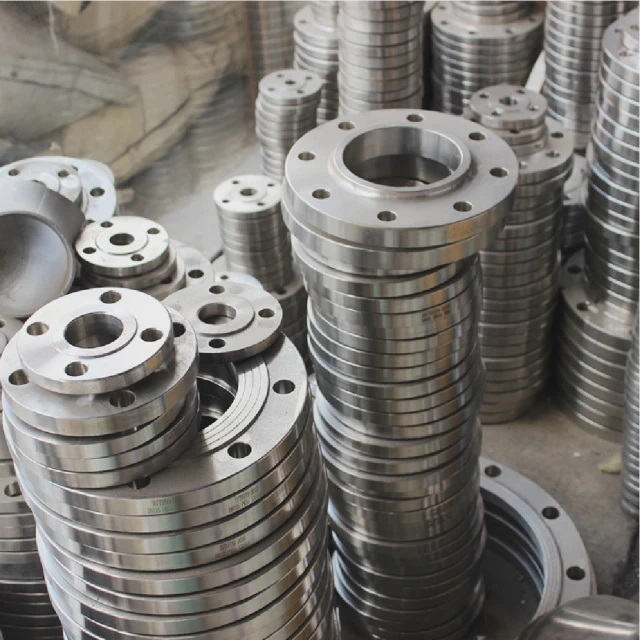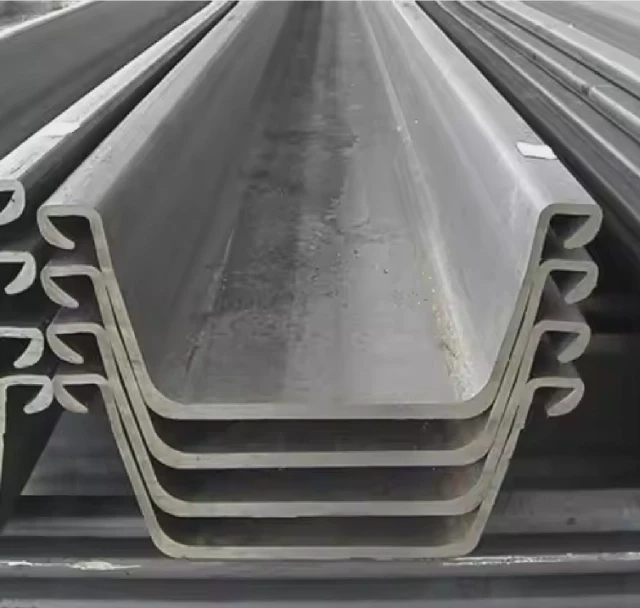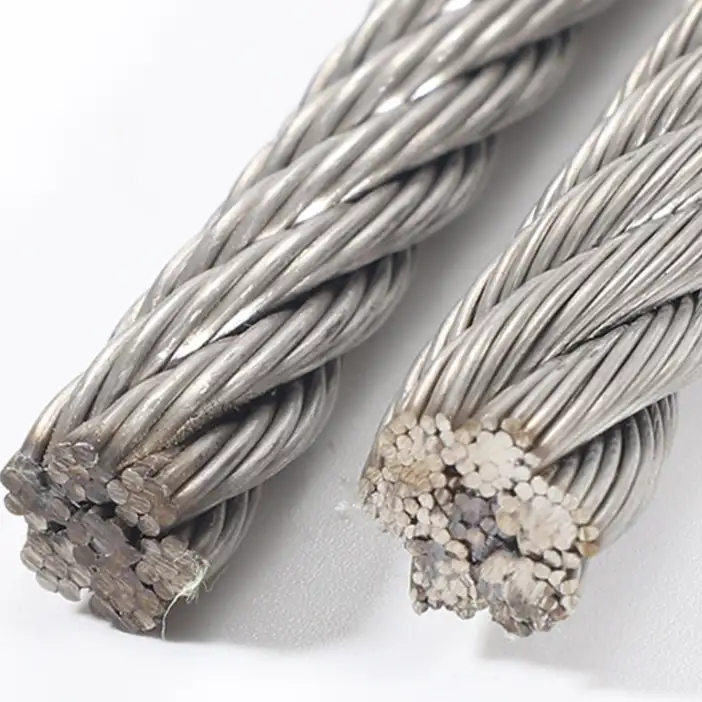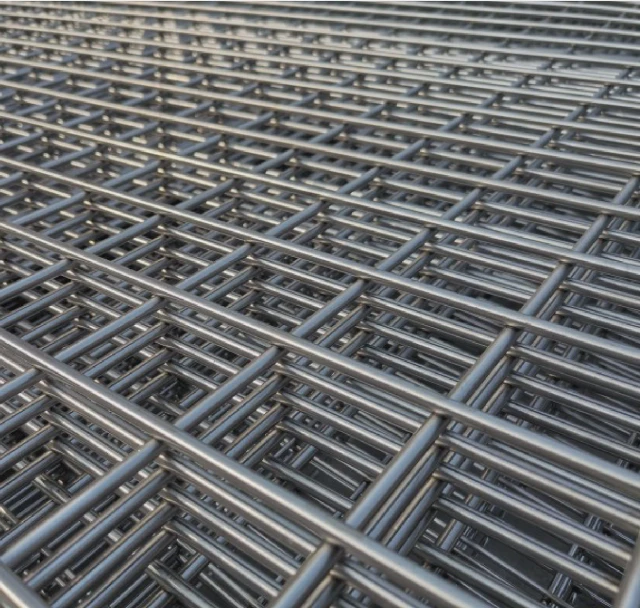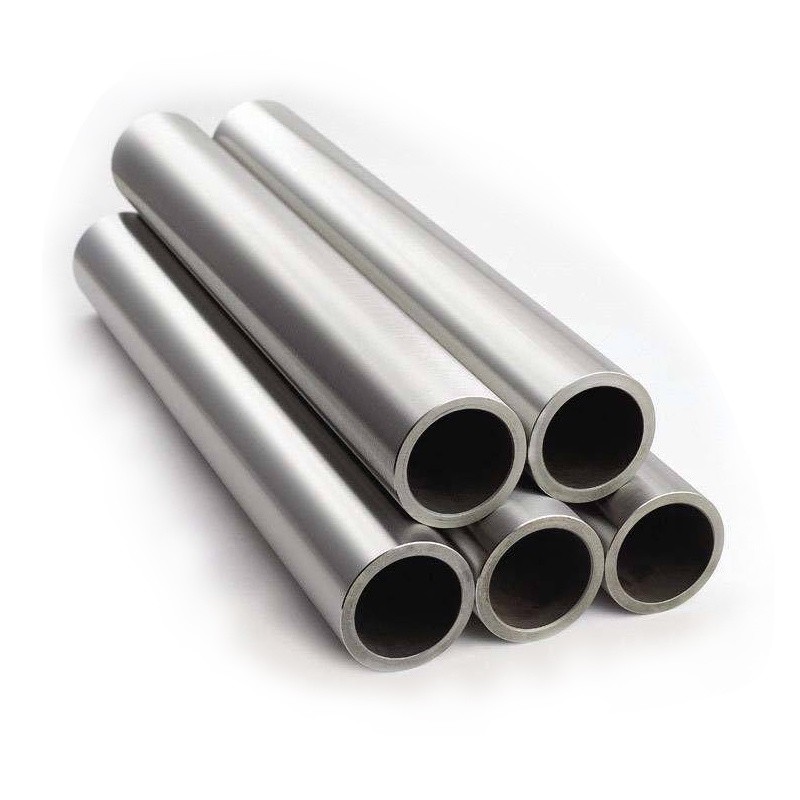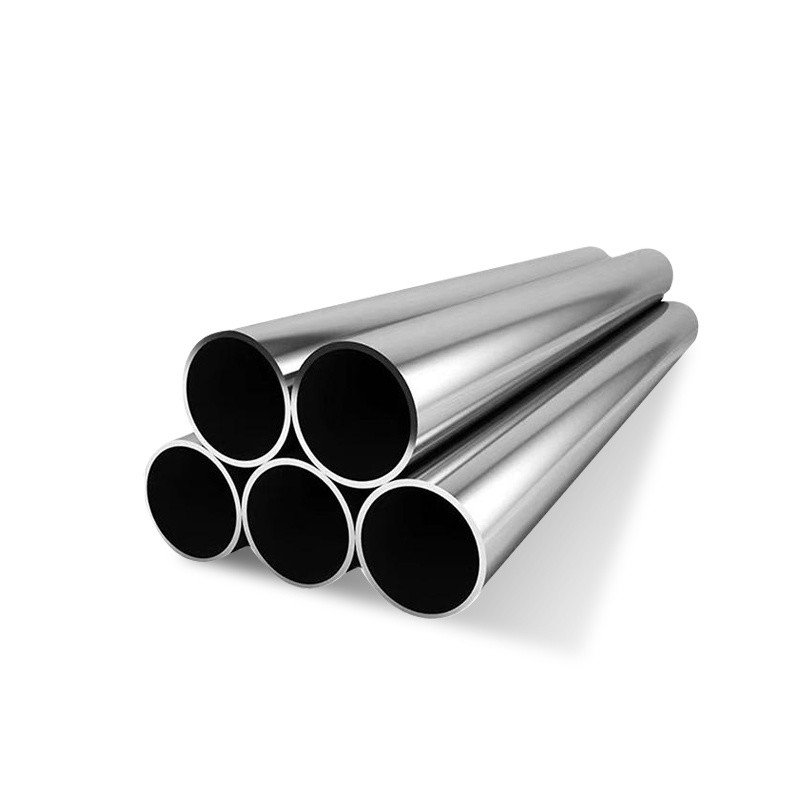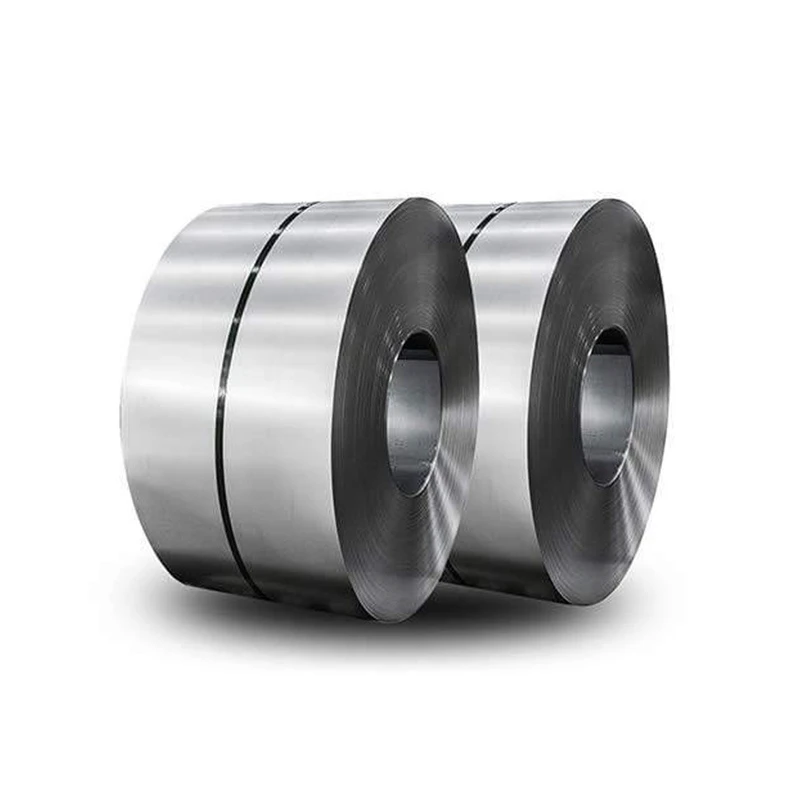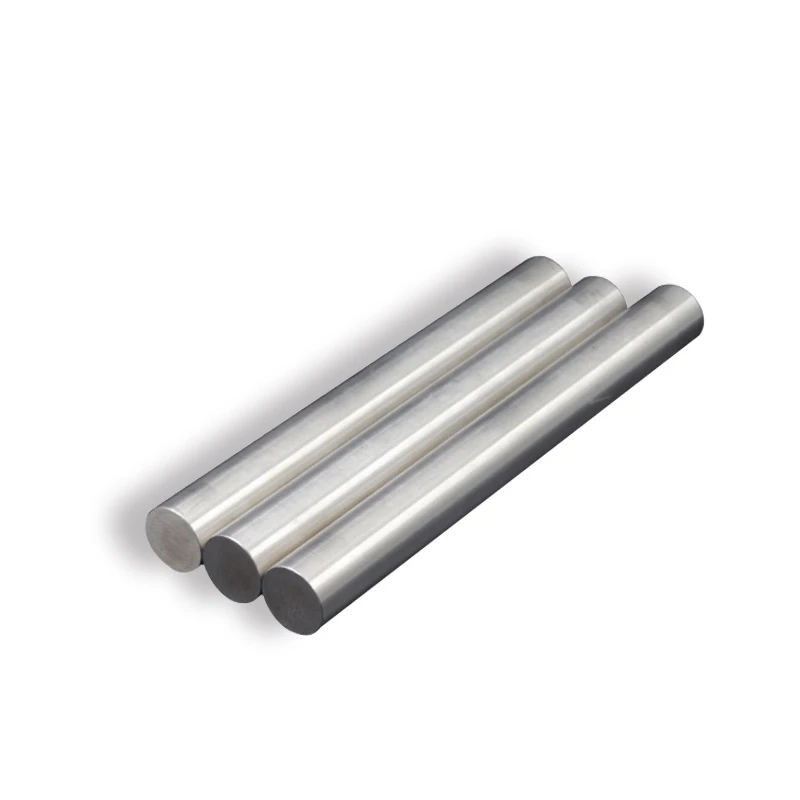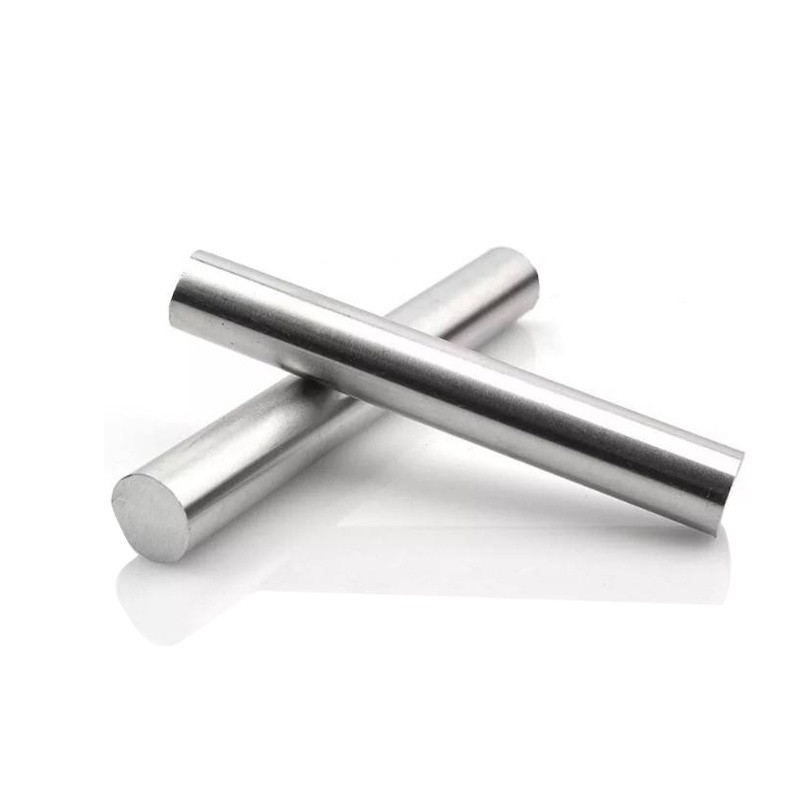
CATEGORIES
FEATURED PRODUCTS
304L Stainless Steel Plate
We offer this product and related grades with 100% factory direct pricing and free quotes available within 24 hours.
APPLICATION SCENARIOS

OUR ADVANTAGE

Certificate of Honor

PARTNER

Our Factory

What is 304L Stainless Steel? 304L Stainless Steel (UNS S30403) is a low-carbon variant of the widely used 304 austenitic chromium-nickel stainless steel. It is arguably the most common and versatile stainless steel due to its excellent combination of formability, weldability, and general corrosion resistance. The reduced carbon content (maximum 0.03%) in 304L minimizes the precipitation of chromium carbides during welding, a phenomenon known as sensitization. This means that 304L maintains its full corrosion resistance, particularly its resistance to intergranular corrosion, even after welding, without the need for post-weld annealing. This makes it an ideal choice for a vast array of applications, especially where extensive welding is required and corrosive environments are a concern, albeit not as severe as those requiring molybdenum-containing grades.
Key Properties of 304L Stainless Steel
The widespread adoption of 304L is a testament to its balanced and reliable properties. We emphasize these characteristics to highlight why it's such a popular material.
Excellent General Corrosion Resistance
304L offers outstanding general corrosion resistance in a wide range of atmospheric and mild corrosive environments:
- Atmospheric Resistance: It performs exceptionally well in various outdoor conditions, resisting rust and staining effectively.
- Chemical Resistance: It provides good resistance to many organic chemicals, mild acids, and food environments.
- Oxidation Resistance: It exhibits good resistance to oxidation in intermittent service up to 870°C (1600°F) and in continuous service up to 925°C (1700°F).
- Intergranular Corrosion (Welded): The low carbon content is crucial here. It prevents the formation of chromium carbides in the heat-affected zone during welding, thereby eliminating susceptibility to intergranular corrosion in the as-welded condition. This is its key advantage over standard 304 for welded applications.
Formability and Weldability
These are two of 304L's most highly valued attributes, making it very easy to work with:
- Excellent Formability: As an austenitic stainless steel, 304L possesses superb ductility and formability. It can be readily deep drawn, bent, spun, and fabricated into complex shapes without significant issues. This makes it ideal for applications requiring intricate designs.
- Superior Weldability: 304L is considered to have excellent weldability by all standard fusion methods, with or without filler metals. Its low carbon content ensures that it remains resistant to intergranular corrosion in the weld heat-affected zone, even in severe corrosive conditions, making post-weld heat treatment unnecessary for corrosion protection.
Mechanical Properties
304L offers a good balance of strength and toughness for a wide range of applications:
- Moderate Strength: It provides good tensile and yield strength, sufficient for many general-purpose structural and pressure-containing applications, though not as high as specialized high-strength alloys like 301.
- Toughness: It maintains excellent toughness down to cryogenic temperatures, making it suitable for low-temperature service without becoming brittle.
Detailed Specifications: Dimensions and Parameters
We offer our ASTM 304L Stainless Steel Plate in a comprehensive array of standard dimensions and surface finishes, catering to a broad spectrum of industrial and commercial needs.
| Parameter | Standard Range |
| Thickness | 0.3mm - 100mm (0.012 in - 3.937 in) |
| Width | 1000mm - 4000mm (39.37 in - 157.48 in) |
| Length | 2000mm - 12000mm (78.74 in - 472.44 in) |
| Surface Finish | 2B, BA, No.1, No.4, HL (Hairline), Mirror |
| Edge Condition | Mill Edge, Slit Edge |
| Standard | ASTM A240/A240M, ASME SA240 |
Note: Specific dimensions and available finishes may vary based on current stock and manufacturing capabilities. For precise information on your required specifications, please contact our sales team.
Chemical Composition of 304L Stainless Steel
The precise chemical composition of 304L, particularly its controlled low carbon content, is fundamental to its performance. We ensure our plates strictly adhere to ASTM standards.
| Element | Weight Percentage (%) |
| Carbon (C) | ≤0.030 |
| Silicon (Si) | ≤0.75 |
| Manganese (Mn) | ≤2.00 |
| Phosphorus (P) | ≤0.045 |
| Sulfur (S) | ≤0.030 |
| Chromium (Cr) | 18.0 - 20.0 |
| Nickel (Ni) | 8.0 - 12.0 |
| Nitrogen (N) | ≤0.10 |
The maximum 0.030% carbon content is the defining characteristic that differentiates 304L from standard 304.
304L Stainless Steel vs. Other Stainless Steel Grades: A Comparative Look
Understanding the nuances of 304L compared to other common stainless steel grades helps in making the most informed material selection for your project.
| Feature | 304L | 304 | 316L | 904L | 310S |
| Carbon Content | Low (≤0.030%) | Standard (≤0.08%) | Low (≤0.030%) | Low (≤0.020%) | Low (≤0.08%) |
| Weldability for Corrosion | Excellent (no sensitization, no post-weld anneal) | Good (may need post-weld anneal for corrosion) | Excellent (no sensitization, no post-weld anneal) | Good (requires specific filler and care) | Good (low carbon enhances it) |
| Molybdenum Content | None | None | Yes (2-3%) | High (4-5%) | None |
| Chloride Resistance | Moderate | Moderate | High | Very High | Moderate |
| Cost | Low | Low | Moderate | Very High | High |
| Primary Use | Welded structures, general purpose | General purpose (non-welded, less critical weld) | Welded structures in corrosive environments, marine | Sulfuric acid, severe chemical processing, high-end marine | High-temperature applications, furnace components |
304L is the go-to "general purpose" stainless steel, especially when welding is involved, offering a cost-effective solution with reliable corrosion resistance for a broad range of applications.
Industries and Applications for 304L Stainless Steel
The exceptional combination of formability, weldability, and corrosion resistance makes our ASTM 304L Stainless Steel Plate a foundational material across an incredibly diverse array of industries.
| Industry | Typical Applications |
| Food & Beverage | Food preparation equipment, sinks, dairy equipment, brewing vats, storage tanks, sanitary piping, commercial kitchen appliances |
| Architectural | Building facades, railings, architectural trim, decorative elements, outdoor signage, roofing, interior finishes |
| Chemical Processing | Tanks, piping, valves, heat exchangers for mild chemicals, laboratory equipment (where chlorides are not a major concern) |
| Pharmaceutical | Equipment for drug manufacturing, sterile environments, storage tanks (less aggressive than those for 316L) |
| Automotive | Exhaust components, trim, structural parts, catalytic converters (non-critical, non-highly corrosive parts) |
| Home Appliances | Dishwasher interiors, washing machine drums, refrigerator linings, oven components, cooking utensils |
| Water Treatment | Filter screens, structural components in non-aggressive water conditions, general utility piping |
| General Fabrication | Sinks, commercial countertops, railings, shelving, enclosures, brackets, parts requiring deep drawing or complex forming |
Global Price Overview: ASTM 304L Stainless Steel Plate
The price of ASTM 304L Stainless Steel Plate is influenced by global supply and demand, raw material costs (primarily nickel and chromium), and regional manufacturing capacities. As the most widely produced stainless steel grade, its pricing is generally the most competitive, though it can fluctuate with commodity markets. The figures below are illustrative and subject to market changes. For the most accurate and current pricing, please contact us directly.
| Region / Factor | Price Range (USD per Metric Ton) - Illustrative | Notes |
| Asia | $3,000 - $5,500 | Generally offers the most competitive pricing due to very large-scale production volumes. |
| Europe | $3,800 - $6,500 | High-quality manufacturers, with prices reflecting advanced production standards and labor costs. |
| North America | $4,000 - $7,000 | Prices can be influenced by domestic demand, supply chain dynamics, and import duties. |
| Raw Material Cost (Ni, Cr) | High Impact | Fluctuations in nickel and chromium commodity markets are primary drivers of 304L cost. |
| Order Volume | Discounts for Bulk | Larger purchase quantities typically benefit from more favorable per-unit pricing. |
| Thickness & Finish | Varies | Thinner gauges or specific surface finishes (e.g., mirror, hairline) may incur slightly higher costs. |
Disclaimer: These are approximate price ranges and should not be considered as definitive quotes. For precise pricing and lead times, please reach out to our sales team.
Frequently Asked Questions (FAQs)
We've compiled answers to some of the most common questions we receive about our ASTM 304L Stainless Steel Plate to provide quick and clear information.
Q1: What is the main advantage of 304L over standard 304 stainless steel?
A1: The main advantage of 304L over standard 304 is its low carbon content (≤0.030% C). This significantly reduces the risk of sensitization (chromium carbide precipitation) during welding. This means that 304L maintains its full corrosion resistance, particularly against intergranular corrosion, even in the weld heat-affected zone, without the need for post-weld annealing. This makes it the preferred choice for applications involving extensive welding in corrosive environments.
Q2: Is 304L stainless steel suitable for marine (saltwater) environments?
A2: While 304L offers good general corrosion resistance, it is not ideally suited for direct exposure to severe marine (saltwater) environments or highly chlorinated solutions. Its lack of molybdenum makes it susceptible to pitting and crevice corrosion in such chloride-rich conditions. For marine applications, 316L stainless steel is the recommended choice due to its molybdenum content which provides superior resistance to chlorides.
Q3: Can 304L stainless steel be used for high-temperature applications?
A3: 304L exhibits good oxidation resistance in intermittent service up to 870°C (1600°F) and in continuous service up to 925°C (1700°F). However, prolonged exposure to temperatures in the sensitization range (around 425-815°C or 800-1500°F) for very long durations could theoretically still lead to some sensitization, though much less so than standard 304. For applications primarily focused on sustained high-temperature strength and oxidation resistance above these limits, specialized high-temperature alloys like 310S are generally preferred.
Q4: Is 304L stainless steel easily weldable?
A4: Yes, 304L stainless steel is considered to have excellent weldability by all standard fusion welding methods (e.g., TIG, MIG, SMAW). Its low carbon content is its key advantage here, as it minimizes the risk of intergranular corrosion in the heat-affected zone after welding, eliminating the need for post-weld heat treatment for most applications.
Q5: What are the most common uses for 304L stainless steel?
A5: 304L is widely used across various industries due to its excellent combination of corrosion resistance, formability, and weldability. Common applications include food processing equipment (sinks, tanks, piping), architectural components (facades, railings), chemical processing equipment (for mild chemicals), pharmaceutical equipment, kitchen appliances, and general fabrication of items that require good durability and aesthetic appeal without exposure to highly aggressive corrosive environments.







